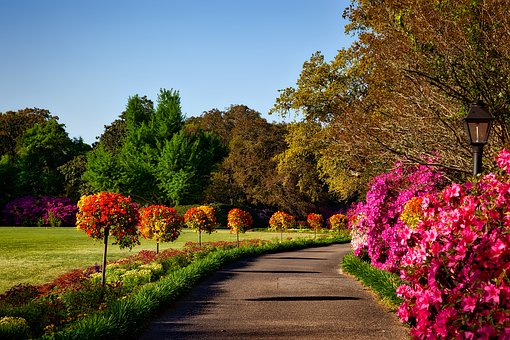
The Best Times to Prune Shrubs and Trees in Your Yard
Flourishing Plants Ironically Means Cutting Things Back
When your shrubs and stress start looking scraggly, then it’s time to get them a haircut. Pruning means that healthy branches have a chance to grow. The roots of the plant can offer more nourishment, given how there is less plant to feed. Pruning also means that a shrub or tree can focus on its flowering or production of nuts or fruit, rather than just growing leaves. Also, a bit of pruning can get rid of the unhealthy branches of a plant, which are potential entry points for diseases. Follow these simple steps to learn more about pruning shrubs and trees on your own.
Prune During Dormant Phases
In the very early stages of spring, or even before then in winter, your trees are going to be dormant and new buds have yet to form. This is when you should get your pruners out. In the wintertime, when there are no blossoms or leaves in the way, then you can get a much better sense of the shape of a plant. In springtime, after leaves have already sprouted, it’s possible to remove the sucker growth you might see around the plant base. However, don’t prune any other parts of the shrub or tree, since the new leaves are just too young to replenish any energy pruning winds up creating a need for. If your shrub blooms in the spring season, then prune it after its blooms have totally faded. If the shrub blooms during the summer, then do the pruning in either late winter or the early parts of spring.
Watch Your Weather
The best time to prune is a dry or mild day so your newly pruned plant isn’t shocked by wet and cold conditions.
Thin Out the Branches
The general idea here is removing growth which looks ill-formed, weak, overcrowded, or crossed. The healthy branches will get healthier as they won’t have to compete as much for nutrients and room. Thinning out the branches will allow more of the shrub or tree to absorb the rays of the sun and also manage its shape. You can also prevent a plant from physically outgrowing its landscape space as it invades the turf of other plants.
Where You Should Cut
Prune shrubs and tress back to another branch or to the main stem. You’re also free to prune back any buds facing outward. Be sure that your pruners are sharp and make your cuts with the blade starting out just as close to the branch as you can; in short, don’t hack at your plant. If sizing down is your intention behind pruning, make sure that you give the plant a shape that looks more natural by pruning the branches to a variety of lengths.
Follow the Plant’s Lead
Watch how your shrubs and tress do during the growing season after pruning. The ways they grow, or even don’t grow, can help you get guidance for your next pruning session. Always follow the natural ways the plant seems to want to grow.
